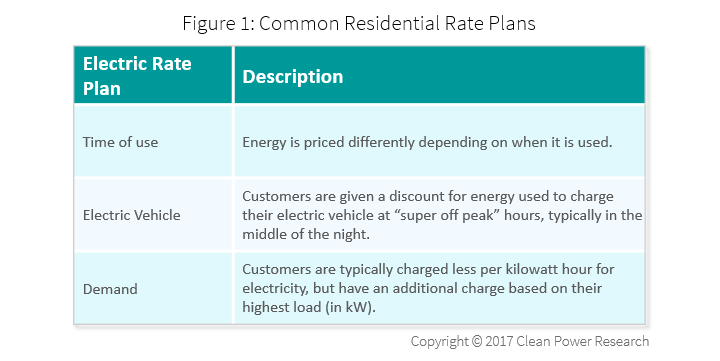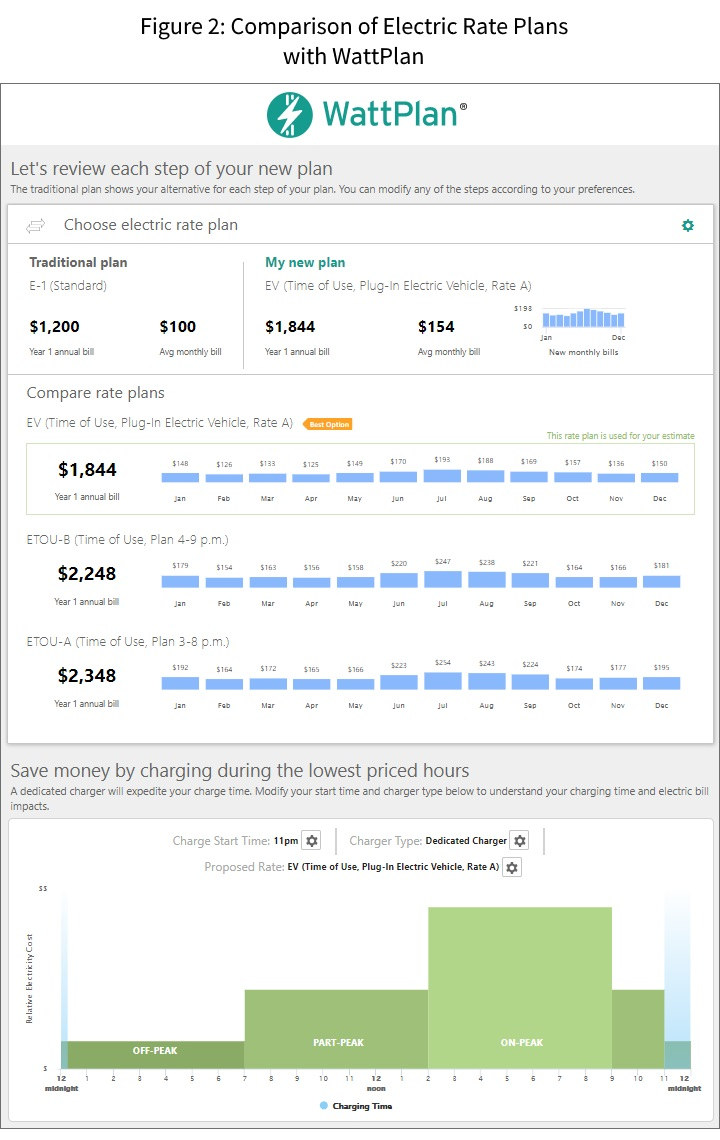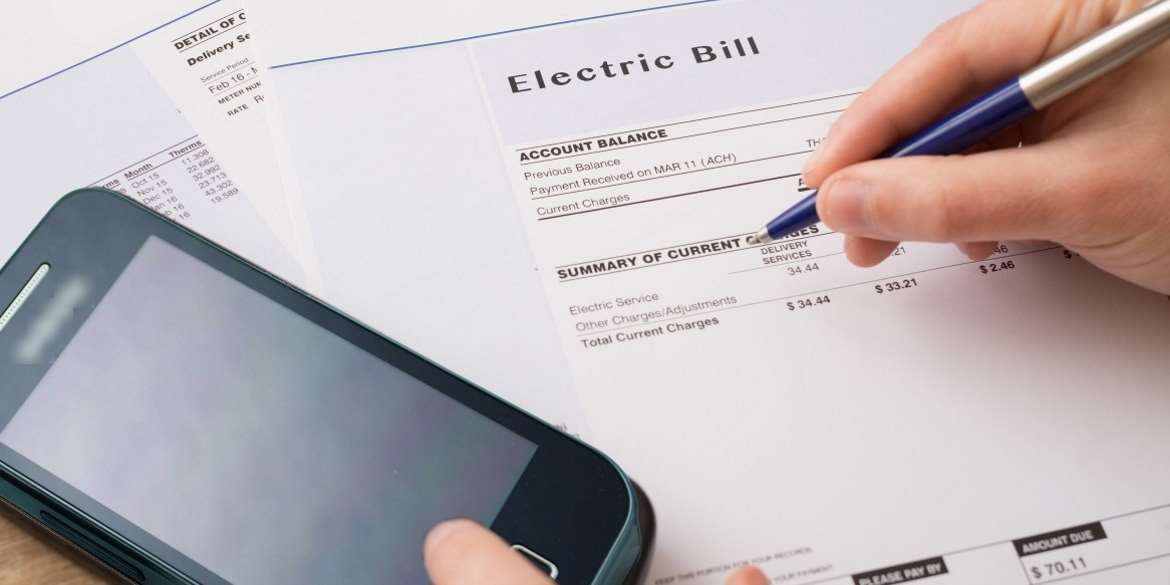Recently, utilities have been turning to residential time-of-use and demand rates to send customers better pricing signals. But the question remains: Will these new residential rates succeed in changing customer behavior? What happens to customer satisfaction?
Customers prefer rate options
Many utilities are turning to residential rates that include pricing signals to encourage customers to use energy at off-peak times and avoid large spikes in their load. Figure 1 provides a look at some of the commonly offered residential rate programs.

Fortunately for utilities, customers like to have options when it comes to their electric rates. In fact, in recent J.D. Power satisfaction and engagement studies, utilities that gave their customers rate choices and easy-to-understand pricing ranked the highest in customer satisfaction. From social media to shopping and utility websites, more and more customers prefer and expect a personalized online experience. Allowing the customer to choose an electric rate that fits their lifestyle gives them the kind of individualized experience that they have come to expect, resulting in an increase in customer satisfaction.
As an example, the Salt River Project (#1 in customer satisfaction) offers seven different residential rate plans including several time-of-use options, an electric vehicle option and a demand option.
The importance of customer education for new residential rates
Designing and offering rate options is only the first step. To get the most benefit from rate options and avoid confusion or frustration, customers need to be able to understand the differences between the options, and more importantly, understand the impacts of one rate over another based on their personal electricity use.
When using a simple rate structure such as a fixed customer charge and a variable energy charge (per kWh), the only educational tool necessary is the customer bill. In this scenario, high electric bills signal that the customer should use less energy each month. This method is straightforward and well understood, but doesn’t give customers any opportunity or encouragement to change when they use electricity, or how much they use at a time.
Time-of-use and demand rates are more complicated. With these rates it’s possible to use less total energy (in kWh), but end up with a higher bill because electricity is being used at a peak time, or a large amount is used in a short time period. For this reason, time-of-use and demand rates are more likely to cause confusion and frustration for customers that receive unexpectedly high bills even if they are using the same amount or less electricity than before. This is especially relevant for utilities such as those in California (including PG&E, SCE, SDGE and SMUD) that will be switching all their residential customers to new time-of-use rates over the next few years.
So how should utilities be educating their customers about new rate structures?
Using software tools to engage and educate customers
According to J.D. Power, customers in Gen Y (now the largest living generation) prefer a hands-on approach to controlling their energy usage. This generation also wants to use online calculators and social media to understand the fiscal and environmental impacts of their choices. Customers that are willing to learn and take an active role in their energy use can be a huge advantage for utilities when their actions lead to lower demand and less energy use at peak times.
When utility customers choose to take advantage of DER technologies such as rooftop solar, electric vehicles or battery storage, it changes when and how much electricity they use. As a result, they may benefit by changing to a different electric rate plan. This is where software can help.
The use of low-touch, self-service software available on the utility website can give customers the personalized experience they expect, while teaching them about rate options. Software tools such as WattPlan® engage the customer with an interactive experience that results in a personalized rate and bill comparison.
As shown in the example in Figure 2, WattPlan’s electric vehicle experience shows customers how much they can save by switching to an EV time-of-use rate and charging their vehicle during off-peak hours. Educating customers empowers them to charge their vehicle when it’s least expensive for them and when it’s most beneficial to the grid.

Overall, the answer to the question is yes, utilities can increase customer satisfaction while decreasing their peak load. However, simply changing the rate structure isn’t enough. Utilities also need to engage and educate customers to achieve the desired results.
Learn how personalized engagement with customers can ease rate plan changes by viewing the on-demand webinar: “Electric Rate Plans: 4 Scenarios that Demand Personalized Customer Advice.”
